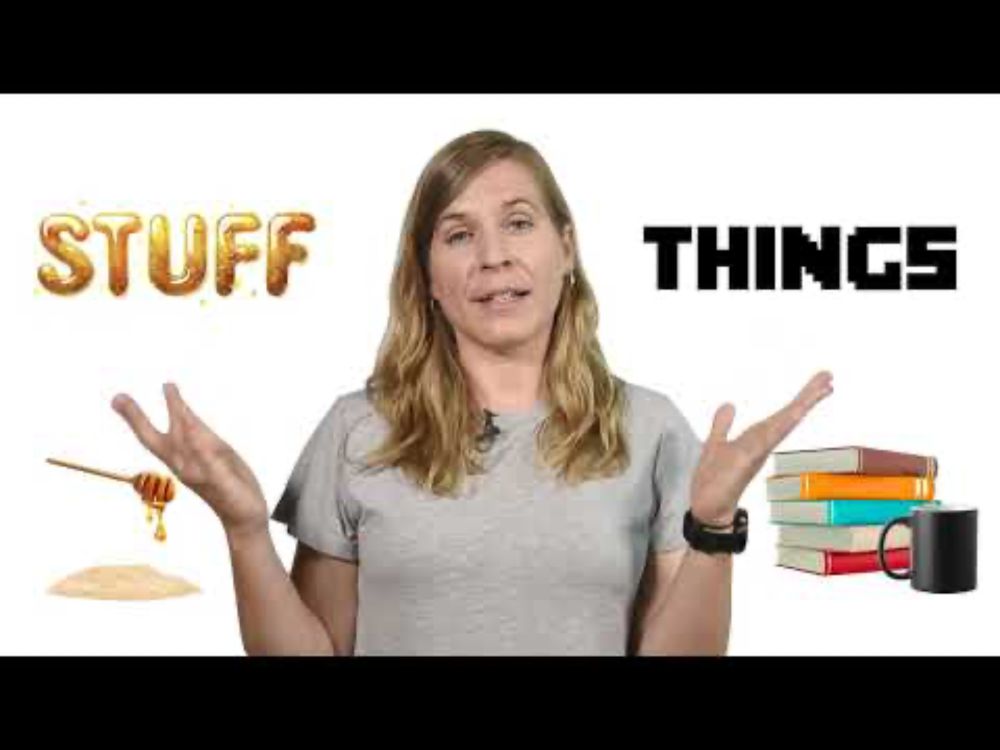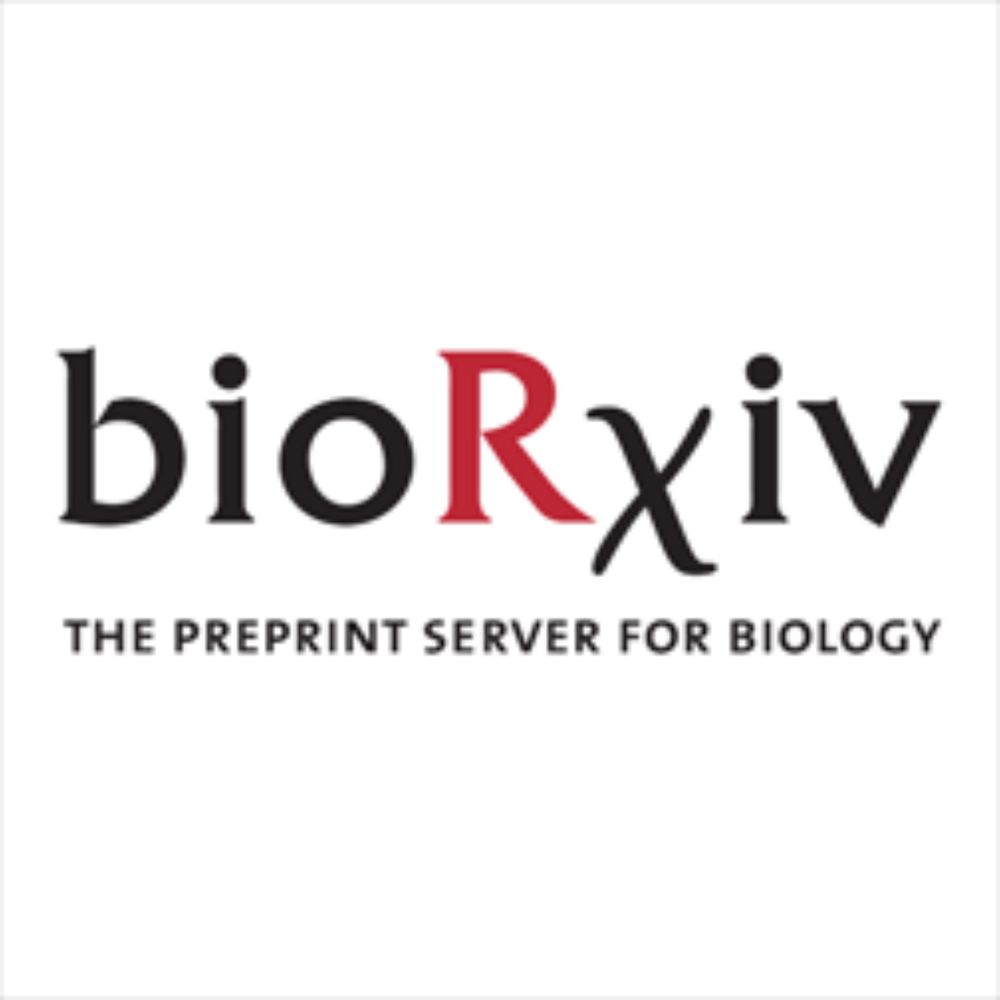
𝗔 𝗡𝗘𝗨𝗥𝗢𝗘𝗖𝗢𝗟𝗢𝗚𝗜𝗖𝗔𝗟 𝗣𝗘𝗥𝗦𝗣𝗘𝗖𝗧𝗜𝗩𝗘 𝗢𝗡 𝗧𝗛𝗘 𝗣𝗥𝗘𝗙𝗥𝗢𝗡𝗧𝗔𝗟 𝗖𝗢𝗥𝗧𝗘𝗫
By Mars and Passingham
"Understanding anthropoid foraging challenges may thus contribute to our understanding of human cognition"
Going to the top of the reading list!
doi.org/10.1016/j.ne...
#neuroskyence
11.10.2025 16:31 — 👍 60 🔁 16 💬 4 📌 2
PNAS
Proceedings of the National Academy of Sciences (PNAS), a peer reviewed journal of the National Academy of Sciences (NAS) - an authoritative source of high-impact, original research that broadly spans...
🚨Out in PNAS🚨
with @joshtenenbaum.bsky.social & @rebeccasaxe.bsky.social
Punishment, even when intended to teach norms and change minds for the good, may backfire.
Our computational cognitive model explains why!
Paper: tinyurl.com/yc7fs4x7
News: tinyurl.com/3h3446wu
🧵
08.08.2025 14:04 — 👍 66 🔁 28 💬 3 📌 1
YouTube video by McGovern Institute
Things and Stuff: How the brain distinguishes oozing fluids from solid objects
Super excited to share our new article: “Dissociable cortical regions represent things and stuff in the human brain” with @nancykanwisher.bsky.social, @rtpramod.bsky.social and @joshtenenbaum.bsky.social
Video abstract: www.youtube.com/watch?v=B0XR...
Paper: authors.elsevier.com/a/1lWxv3QW8S...
01.08.2025 13:50 — 👍 33 🔁 12 💬 1 📌 2

Can you tell if a tower will fall or if two objects will collide — just by looking? 🧠👀 Come check out my #CogSci2025 poster (P1-W-207) on July 31, 13:00–14:15 PT to learn how people do general-purpose physical reasoning from visual input!
29.07.2025 23:15 — 👍 13 🔁 4 💬 1 📌 0
Good question! We haven't tested these cases you've mentioned but Jason Fischer's 2016 paper found that PN doesn't respond strongly to social prediction (on hieder and simmel-like displays)
19.06.2025 13:58 — 👍 1 🔁 0 💬 0 📌 0
We have started to look in the cerebellum. It is still early days so keep an eye out for updates in the future!
19.06.2025 13:54 — 👍 1 🔁 0 💬 0 📌 0
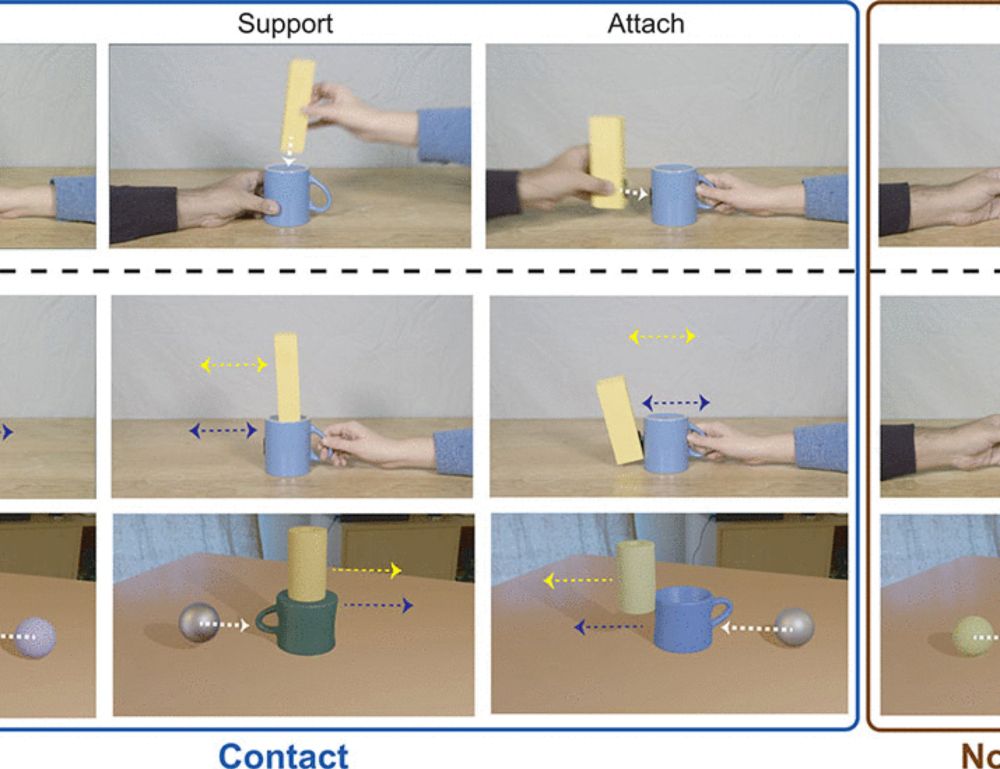
Decoding predicted future states from the brain’s “physics engine”
Using fMRI in humans, this study provides evidence for future state prediction in brain regions involved in physical reasoning.
Thrilled to announce our new publication titled 'Decoding predicted future states from the brain's physics engine' with @emiecz.bsky.social, Cyn X. Fang, @nancykanwisher.bsky.social, @joshtenenbaum.bsky.social
www.science.org/doi/full/10....
(1/n)
17.06.2025 18:23 — 👍 48 🔁 19 💬 1 📌 2
Thanks to my co-authors and all the people who gave constructive feedback over the course of this project! Special shout out to Kris Brewer for shooting the videos used in Experiment 1 and @georginawooxy.bsky.social for her deep neural network expertise.
(12/12)
17.06.2025 18:23 — 👍 1 🔁 1 💬 0 📌 0
Our findings show that PN has abstract object contact information and provide the strongest evidence yet that PN is engaged in predicting what will happen next. These results open many new avenues of investigation into how we understand, predict, and plan in the physical world
(11/n)
17.06.2025 18:23 — 👍 1 🔁 0 💬 1 📌 0
Our main results are i) not present in the ventral temporal cortex, ii) not present in the primary visual cortex -- i.e, our stimuli were unlikely to have low-level visual confounds and iii) are replicable with different analysis criteria & methods. See paper for details.
(10/n)
17.06.2025 18:23 — 👍 1 🔁 0 💬 1 📌 0

Short answer: Yes! Using MVPA we found that the PN has information about predicted contact events (i.e., collisions). This was true not only within a scenario (the ‘roll’ scene above), but also generalized across scenarios indicating the abstractness of representation.
(9/n)
17.06.2025 18:23 — 👍 1 🔁 0 💬 1 📌 0


That is,
(8/n)
When we see this: Does the PN predict this?
17.06.2025 18:23 — 👍 1 🔁 0 💬 1 📌 0
In our second pre-registered fMRI experiment, we tested the central tenet of the ‘physics engine’ hypothesis – that the PN runs forward simulations to predict what will happen next. If true, PN should contain information about predicted future states before they occur.
(7/n)
17.06.2025 18:23 — 👍 2 🔁 0 💬 1 📌 0

Given their importance for prediction, we hypothesized that the PN would encode object contact. In our first pre-registered fMRI experiment, we used multi-voxel pattern analysis (MVPA) and found that only PN carried scenario-invariant information about object contact.
(6/n)
17.06.2025 18:23 — 👍 1 🔁 0 💬 1 📌 0

If a container moves, then so does its containee, but the same is not true of an object that is merely occluded by the container without contacting it!
(5/n)
17.06.2025 18:23 — 👍 1 🔁 0 💬 1 📌 0
However, there was no evidence for such predicted future state information in the PN. We realized that object-object contact is an excellent way to test the Physics Engine hypothesis. When two objects are in contact, their fate is intertwined:
(4/n)
17.06.2025 18:23 — 👍 2 🔁 0 💬 1 📌 0
These results have led to the hypothesis that the Physics Network (PN) is our brain’s ‘Physics Engine’ – a generative model of the physical world (like those used in video games) capable of running simulations to predict what will happen next.
(3/n)
17.06.2025 18:23 — 👍 2 🔁 0 💬 1 📌 0

How do we understand, plan and predict in the physical world? Prior research has implicated fronto-parietal regions of the human brain (the ‘Physics Network’, PN) in physical judgement tasks, including in carrying representations of object mass & physical stability.
(2/n)
17.06.2025 18:23 — 👍 1 🔁 0 💬 1 📌 0

Decoding predicted future states from the brain’s “physics engine”
Using fMRI in humans, this study provides evidence for future state prediction in brain regions involved in physical reasoning.
Thrilled to announce our new publication titled 'Decoding predicted future states from the brain's physics engine' with @emiecz.bsky.social, Cyn X. Fang, @nancykanwisher.bsky.social, @joshtenenbaum.bsky.social
www.science.org/doi/full/10....
(1/n)
17.06.2025 18:23 — 👍 48 🔁 19 💬 1 📌 2
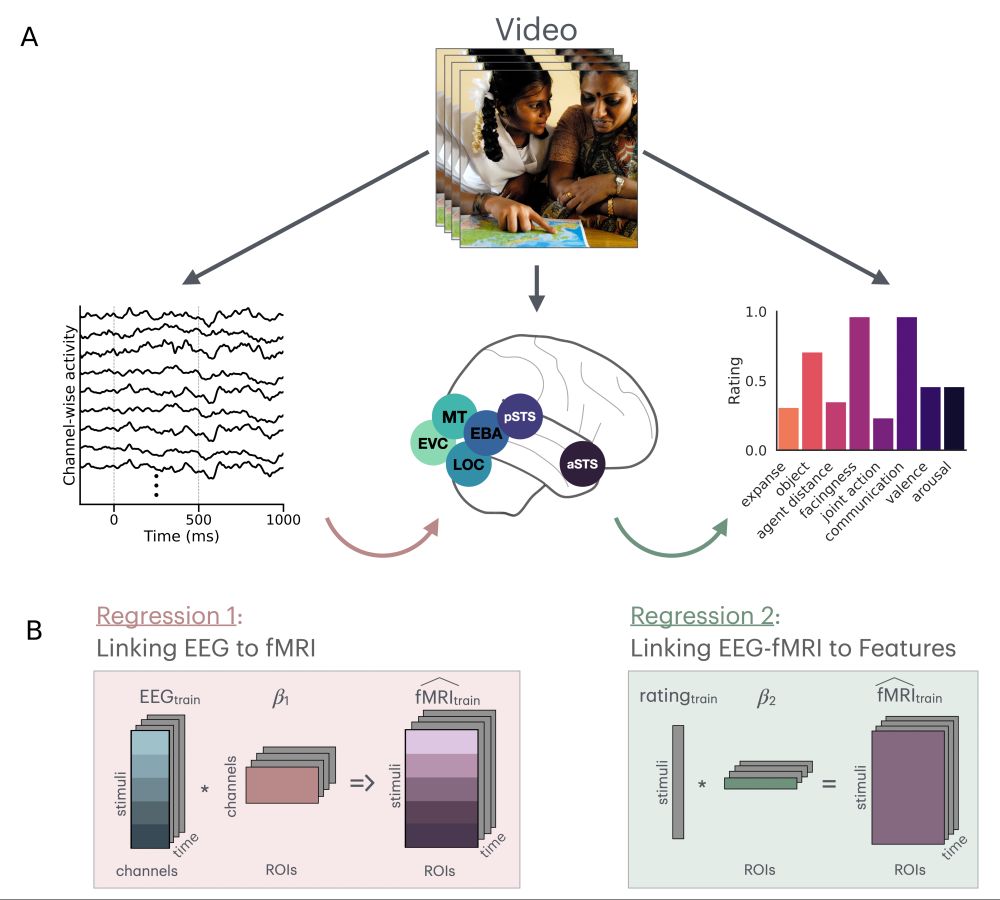
Shown is an example image that participants viewed either in EEG, fMRI, and a behavioral annotation task. There is also a schematic of a regression procedure for jointly predicting fMRI responses from stimulus features and EEG activity.
I am excited to share our recent preprint and the last paper of my PhD! Here, @imelizabeth.bsky.social, @lisik.bsky.social, Mick Bonner, and I investigate the spatiotemporal hierarchy of social interactions in the lateral visual stream using EEG-fMRI.
osf.io/preprints/ps...
#CogSci #EEG
23.04.2025 15:34 — 👍 27 🔁 9 💬 1 📌 0


Video of a baby on its parent's chest looking at the parent's face and smiling.
When you see this image, does it make you wonder what that baby is thinking. Do you think the baby is merely perceiving a set of shapes or do you think that the baby is also inferring meaning from the face they are looking at? (1/5)
22.04.2025 13:54 — 👍 30 🔁 7 💬 1 📌 1
Academics - where are academic jobs posted for non-UK non-North American countries? If you were looking for jobs in, say, the Nordic countries, or Australia, where do you look? Asking for all the PhDs who are on the market this year. (Pls no April fools jokes, their nerves are frayed as it is)
01.04.2025 21:15 — 👍 90 🔁 22 💬 17 📌 2
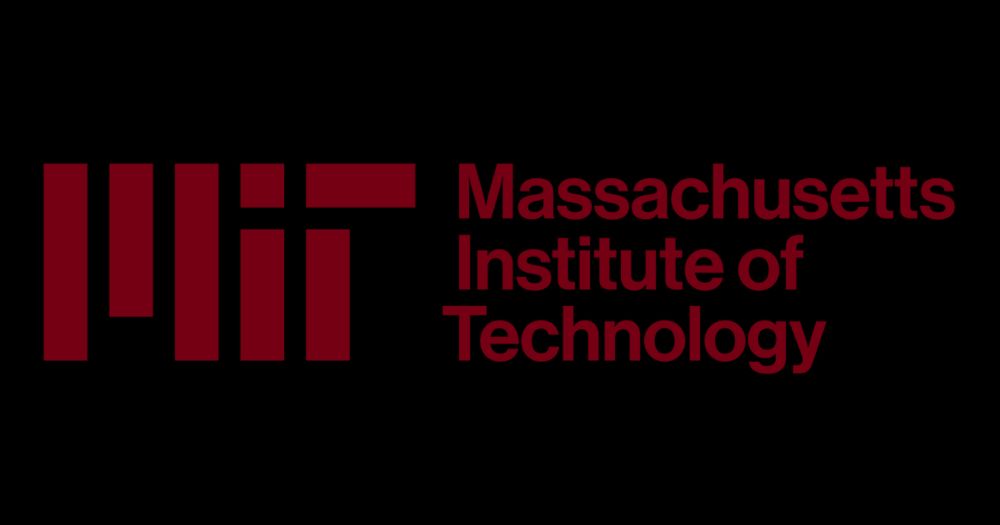
Technical Associate I, Kanwisher Lab
MIT - Technical Associate I, Kanwisher Lab - Cambridge MA 02139
I’m hiring a full-time lab tech for two years starting May/June. Strong coding skills required, ML a plus. Our research on the human brain uses fMRI, ANNs, intracranial recording, and behavior. A great stepping stone to grad school. Apply here:
careers.peopleclick.com/careerscp/cl...
......
26.03.2025 15:09 — 👍 64 🔁 48 💬 5 📌 3
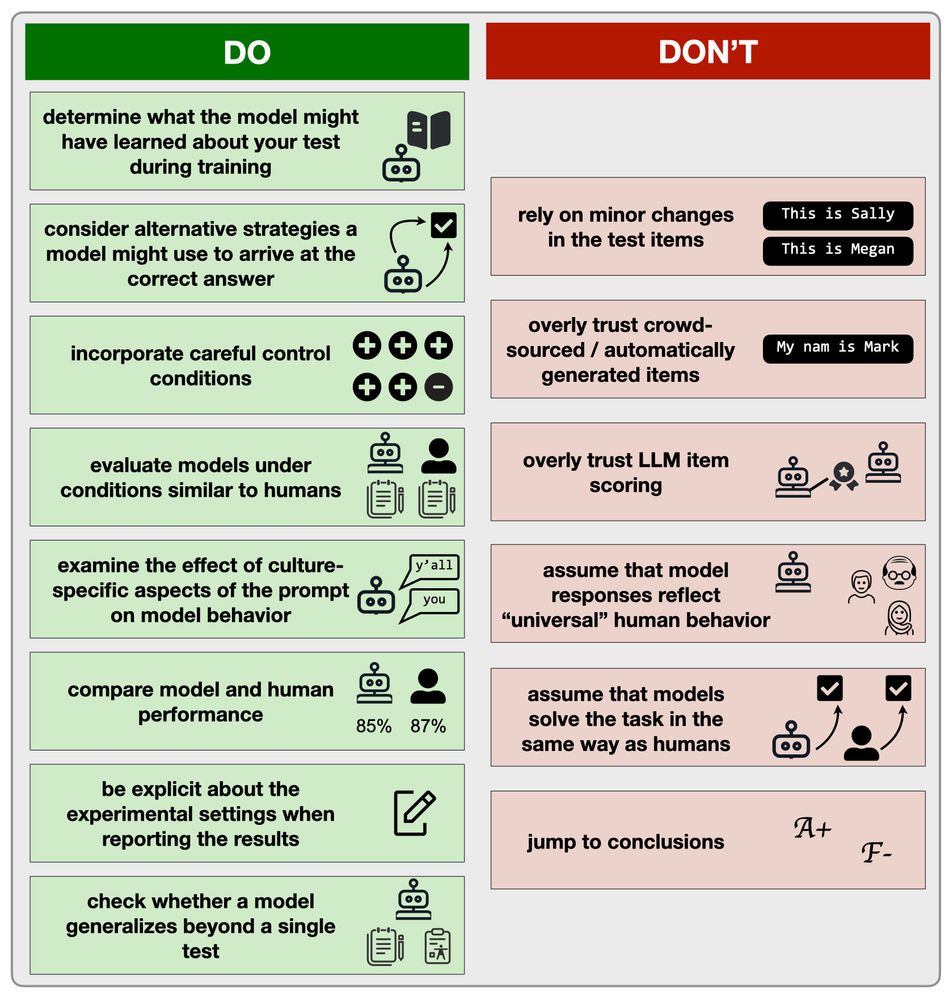
(same content as the table in the paper)
My commentary on the do's and don'ts of cognitive evaluations in LLMs is now out in Nature Human Behavior:
doi.org/10.1038/s415...
posting here with a figure that didn't make it into the final draft and is now instead a boring table :P
#CogSci #LLMs #AI
16.01.2025 22:26 — 👍 64 🔁 14 💬 0 📌 0
Come and work with us and do a PhD with on a very exciting project #neurojobs
15.01.2025 09:34 — 👍 3 🔁 5 💬 0 📌 0

a man in a sweater is dancing in front of a door with a christmas wreath .
ALT: a man in a sweater is dancing in front of a door with a christmas wreath .
My email is now closed until 2025. It’s been a tremendous year and I really could not wish for more. I got more this year than I ever dreamed off. Great collaborations (Sight team & @rtpramod.bsky.social & @nancykanwisher.bsky.social), students and researchers, cool papers, new data & funding.
20.12.2024 20:27 — 👍 6 🔁 1 💬 1 📌 0
Mathematics Sorceror (sensory alchemist) at the Arctangent Transpetroglyphics Algra Laboratory (ATAL), I transflarnx mathematics into living rainbows. http://owen.maresh.info https://github.com/graveolensa
Psoeppe-Tlaxtlal, (an undreamt splendour?)
Professor studying origins of concepts @CarnegieMellon; Brain development, cognition, evolution, math & logic; Primate Portal
@TIME 2017 Silence Breakers; she
Science Homecoming
@sciencehomecoming.bsky.social
CS PhD Student @University of Washington, CSxPhilosophy @Dartmouth College
Interested in MARL, Social Reasoning, and Collective Decision making in people, machines, and other organisms
kjha02.github.io
Clinical psychologist and researcher investigating anxiety disorders, Acute PTSD, dissociations, OCD, Affective Neuroscience, neuropsychoanalysis, application of nonlinear dynamical systems to psychology
https://montgomerycountypsychologist.com
Computational/theoretical neuroscientist; asst. prof. at CU Anschutz (July 2025): https://www.necolelab.com/members/laureline-logiaco.html
Particular interest in how mammalian brain regions specialize and synergize to generate hierarchical behaviors.
Postdoc @ Harvard, Buckner Lab
cognitive neuroscience, precision functional mapping
https://jingnandu93.github.io/
Associate Professor of Computer Science and Psychology @ Princeton. Posts are my views only. https://www.cs.princeton.edu/~bl8144/
Mexican Historian & Philosopher of Biology • Postdoctoral Fellow at @theramseylab.bsky.social (@clpskuleuven.bsky.social) • Book Reviews Editor for @jgps.bsky.social • https://www.alejandrofabregastejeda.com • #PhilSci #HistSTM #philsky • Escribo y edito
The GestaltReVision Lab aims to integrate Gestalt insights into the current understanding of human visual processing and aesthetic appreciation.
PI: Prof. Johan Wagemans 🌐 gestaltrevision.be
Postdoctoral Researcher in the Cusack Lab at Trinity College Dublin
| Passionate about Neuroscience and AI, infant and machine learning 💡
How brain neural nets do computations; we aim to understand differences in brain wiring, using lasers and neuro-AI.
Lab head, NIH. Prev: media policy for democracypolicy.network.
linktr.ee/markhisted; Pers. views; neuro posts: 🧠 /🧪
PhD student in Cognition & Brain Science @ Georgia Tech
Computation of Subjective Perception Lab w/ @dobyrahnev.bsky.social
――――――――――――――――――――――――
Subjective perception • Individual differences • Cognitive neuroscience • NeuroAI
Investigating the origins of children's early commonsense understanding of the world👶🏻👶🏼👶🏾👶🏿
👩🏻🔬 PI: Laura Schulz
🧸 Click the link to participate!
https://t.co/GOuwUmtGME
Assistant Professor at UMass Amherst
www.auletlab.com
she/her 🧠🏳️🌈
Nonprofit AI research institute. https://www.basis.ai/
Hi! I write about #science for Smithsonian, Discover, Quanta, Nautilus, Undark, National Geographic, CBC Radio, & many other outlets. Books include The Science of Shakespeare and In Search of Time. Co-host of BookLab podcast. 🔭🪐⭐️⚛️
PhD Candidate, Psychological & Brain Sciences, Johns Hopkins University
concepts | language | plasticity | development | neuroscience
https://m-hauptman.github.io/
Simons Postdoctoral Fellow in Pawan Sinha's Lab at MIT. Experimental and computational approaches to vision, time, and development. Just joined Bluesky!

